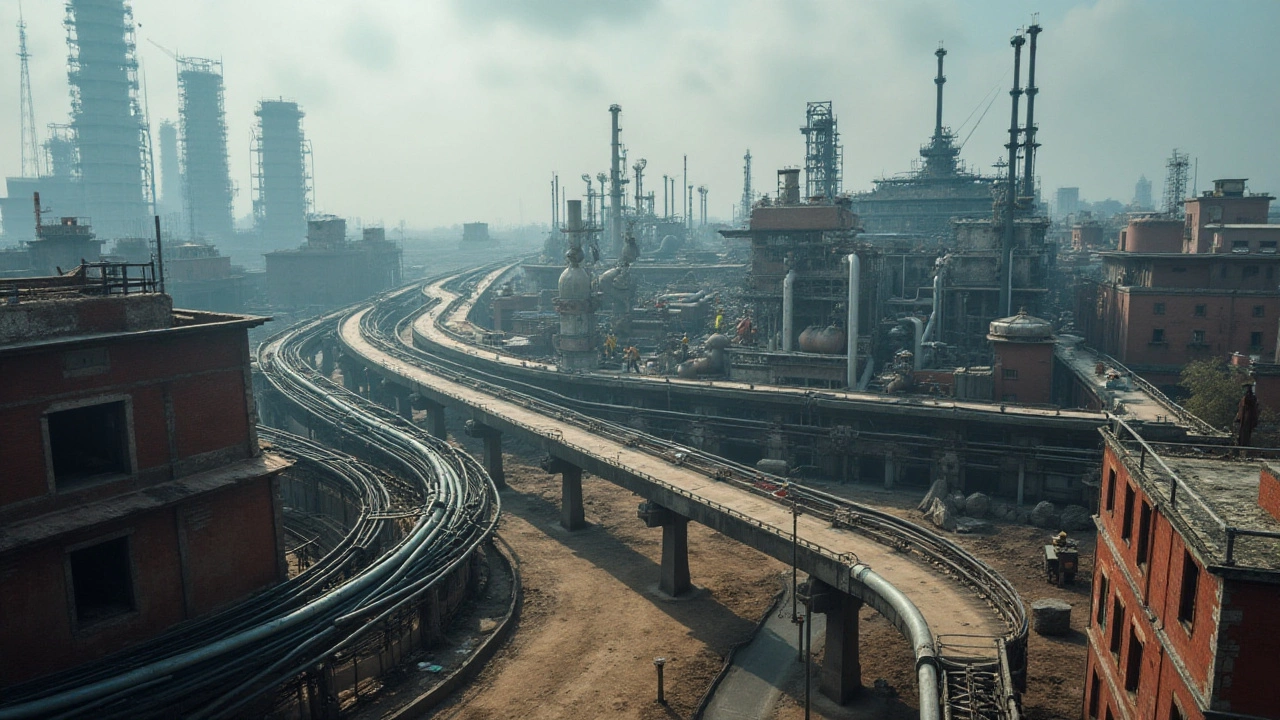Economic Challenges Every Indian Manufacturer Must Face in 2025
Running a factory in India today feels a lot like steering a ship through stormy waters. Costs are climbing, supply chains are still wobbling after the pandemic, and global trade rules keep changing. If you’re wondering why your profit margins are shrinking or why new projects stall, you’re not alone. Let’s break down the biggest money‑related hurdles and what you can do right now to keep your business afloat.
Rising Raw‑Material Prices Hit the Bottom Line
Steel, aluminum, chemicals and even basic plastics have all seen double‑digit price jumps in the last two years. Those spikes ripple through every step of production – from the moment the raw material arrives at the dock to the final assembled product. One practical tip is to lock in longer‑term contracts with trusted suppliers as soon as you see a price trend. Even a six‑month forward agreement can shield you from sudden spikes and give your finance team a clearer forecast.
Supply‑Chain Uncertainty and Logistics Bottlenecks
Shipping delays and port congestion are now part of the daily grind. While big players can afford multiple warehouses, most mid‑size manufacturers operate with just‑in‑time inventory. The key is to build a safety stock for critical components – even if it means a small increase in holding costs. Also, explore regional freight options; moving goods by rail or road within India can be faster and cheaper than waiting for a container to clear customs.
Another hidden cost is the rising price of energy. Electricity rates in many Indian states have jumped, and many factories rely on diesel generators as backup. Look into renewable options like solar panels on your roof; they require an upfront spend but pay off through lower bills and government subsidies.
Financing is also tightening. Banks are more cautious after the recent credit crunch, and interest rates have nudged upward. Instead of waiting for a big loan, consider asset‑based financing or invoice discounting, which let you get cash quickly without adding a massive debt burden.
Finally, don’t underestimate the impact of policy shifts. New environmental regulations may require upgrades to emission controls or waste‑handling systems. While compliance can seem costly, it often opens doors to incentives and can improve your brand’s reputation with eco‑conscious customers.
In short, the economic challenges of 2025 are real, but they’re not unbeatable. By locking in prices, smartly managing inventory, diversifying energy sources, and staying on top of financing options, you can protect your margins and keep growth on track. Keep an eye on the numbers, act early, and treat each challenge as a chance to make your operation more resilient.
